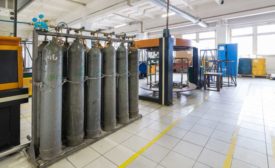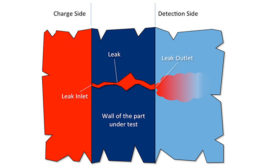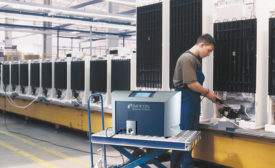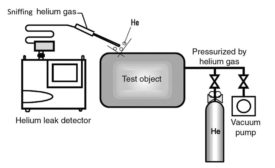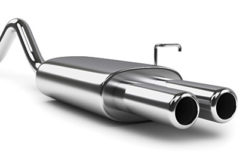Home » Keywords: » helium leak testing
Items Tagged with 'helium leak testing'
ARTICLES
NDT Leak Testing
How can you make the most of this increasingly precious commodity for your critical quality assurance needs?
Read More
Helium 101: Making the most of trace-gas-based leak testing
Helium has been the dominant trace gas of choice for many years.
June 10, 2019
Helium Leak Testing
New automotive safety and functionality requirements drive helium leak detection growth.
April 1, 2017
Everything Leaks
Leak detection is an art form that requires, in some cases, special equipment, training and patience.
October 12, 2015
Test & Inspection
Trends in Leak Testing
Learn more about automatic leak testing for automotive components and assemblies.
March 3, 2014
Stay in the know with Quality’s comprehensive coverage of
the manufacturing and metrology industries.
eNewsletter | Website | eMagazine
JOIN TODAY!Copyright ©2024. All Rights Reserved BNP Media.
Design, CMS, Hosting & Web Development :: ePublishing

